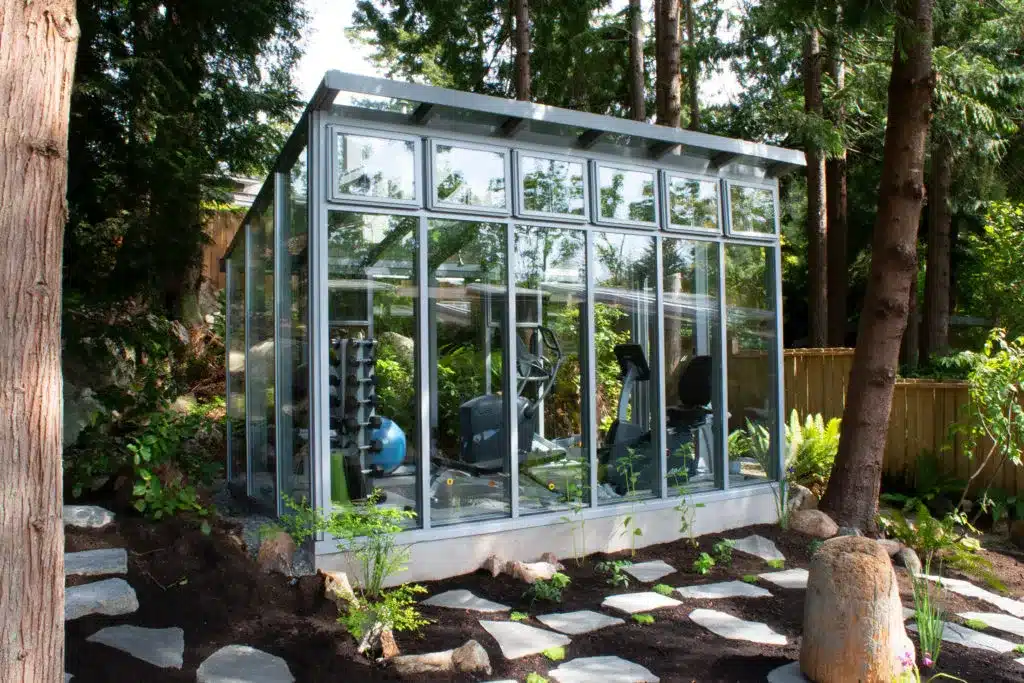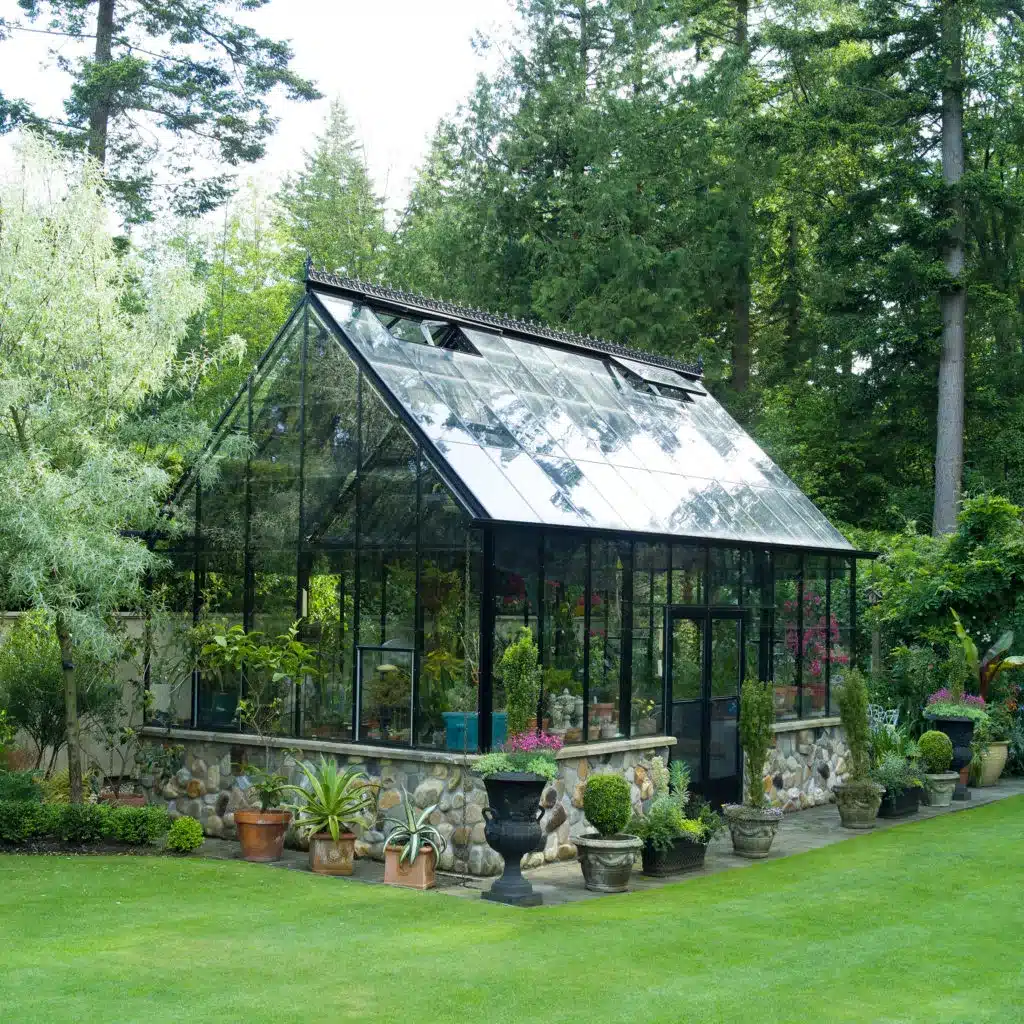State Guide: Buying Greenhouses in Michigan
Michigan’s climate, influenced by the Great Lakes, presents unique challenges for outdoor gardening, including short growing seasons and harsh winters. A greenhouse is an essential tool for gardeners and farmers looking to extend their growing season, protect plants from extreme weather, and cultivate a wider variety of crops.
Are you looking for greenhouses for sale in Michigan? Read on before making your purchase.
Michigan Climate Overview
Winters
Winter conditions in Michigan are severe where average temperatures sit in the low 20s statewide. Western areas have milder winters than the east, but the state's northern location means many winter storm systems.
- Snowfall can exceed 200 inches each year.
- Blizzards occur about five times per year in the northeast.
- Temperatures plunge below -30°F on the east.
Summers
Mid-60s are the average temperature for summers statewide. July, the warmest month, sees averages ranging from 64°F to 74°F , with comfortable nighttime temperatures typically in the 50s and 60s.
Precipitation
Most regions get peak rainfall during summer months, but mountain areas see maximum precipitation in winter and spring. Michigan feels the most precipitation, while the North Central region is driest. Annual precipitation has historically ranged from 12.6 to 26.2 inches
Growing Season
Growing is heavily influenced by Michigan's diverse topography and zones (USDA Zones 3-6), with growing seasons typically lasting four months in some agricultural areas, longer in the warmer southern region.
Challenges of Growing in Michigan
Short Growing Seasons
Michigan growing seasons are relatively short, ranging from approximately mid-May to early October in the southern regions and significantly shorter in the northern areas. The challenge is compounded by unpredictable weather patterns, where snow and hail can occur even in July, disrupting the growth cycle and limiting the types of crops that can be cultivated successfully.
Severe Cold
The severe cold in Michigan poses a significant threat to agriculture. Thunderstorms, blizzards, and heavy snowfall can cause physical damage to crops. Additionally, the drastic temperature drops can cause the soil to freeze, leading to root damage and hindering nutrient uptake.
Erratic Spring Weather
The unpredictable spring weather in Michigan presents challenges for farmers and gardeners. Freeze-thaw cycles can damage fruit blossoms and delay planting. The volatile weather patterns often necessitate protecting tender plants from late frost damage, even when other signs of spring, like blooming bulbs and budding trees, are present.

Benefits of Greenhouses in Michigan
- Extend the growing season from 3–4 months to up to 8 months
- Grow year-round with greenhouse protection and heating systems.
- Protect plants from frost, snow, hail, and wind damage.
- Provide optimal temperatures, humidity, and light levels.
- Cultivate heat-loving crops like tomatoes or tropical plants.
Best Greenhouse Designs for Michigan
Michigan greenhouses need reinforced steel or aluminum frames to handle heavy snow loads, along with secure anchoring systems for wind resistance. Double-layered polycarbonate panels provide essential insulation while maintaining adequate light transmission and deprivation, as needed.

Permits & Policies for Michigan Greenhouses
Permitting Requirements
Consult local authorities or professionals to ensure compliance with municipal codes and ordinances.
| Local Policies | Greenhouse Requirement |
|---|---|
| Agricultural Exemptions | Rural agricultural greenhouses may be exempt from permits if used solely for farming purposes |
| Building Permits | Structures over size limits require permits; may need engineering certification for snow/wind loads |
| Zoning Laws | Urban areas have stricter requirements than rural counties. Structures under 200 sq. ft. may be permit-exempt in some areas. Attached greenhouses need permits as building additions. |
Greenhouse Solutions for Michigan Farms
| Growth Challenges | Greenhouse Benefits |
|---|---|
| Extended Growing | Protect crops from frost and allow year-round cultivation even in northern regions |
| Weather Protection | Shield plants from snowstorms, hail, strong winds, or excessive rainfall |
| Controlled Environment | Maintain optimal conditions for temperature-sensitive crops regardless of outdoor weather fluctuations |
| Planting Variety | Grow tropical fruits or heat-loving vegetables not suited to outdoor conditions |
| Pest Prevention | Keep crops safe from pests and wildlife such as deer or rodents common in rural areas |
Best Plants & Crops for Michigan Greenhouses
| Plant Type | Best Species |
|---|---|
| Vegetables | Tomatoes, peppers, lettuce, spinach, kale |
| Fruits | Strawberries, blueberries, raspberries, dwarf citrus trees (with heating) |
| Herbs | Basil, parsley, cilantro, thyme |
| Flowers | Pansies, marigolds, petunias, tulips, daffodils |
| Cold-Hardy Plants | Broccoli, cauliflower, Brussels sprouts |
| Specialty Crops | Cannabis production (as permitted), tropical plants |
